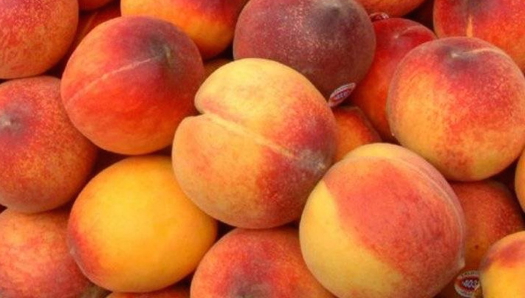Should you refrigerate a peach?
Definitely not, reader Sally. Refrigeration makes peach flesh mealy. Why? Mainly because cold temperatures inhibit the degradation of pectin in the fruit. Most of us think of fruit pectin as a thickener. However its purpose in nature is rather different. Essentially, it’s the glue that holds fruit cells together. Lots of pectin keeps the rows of cells in the fruit’s flesh strong and rigid, which helps keep the flesh in its entirely to stay firm.
READ ON
